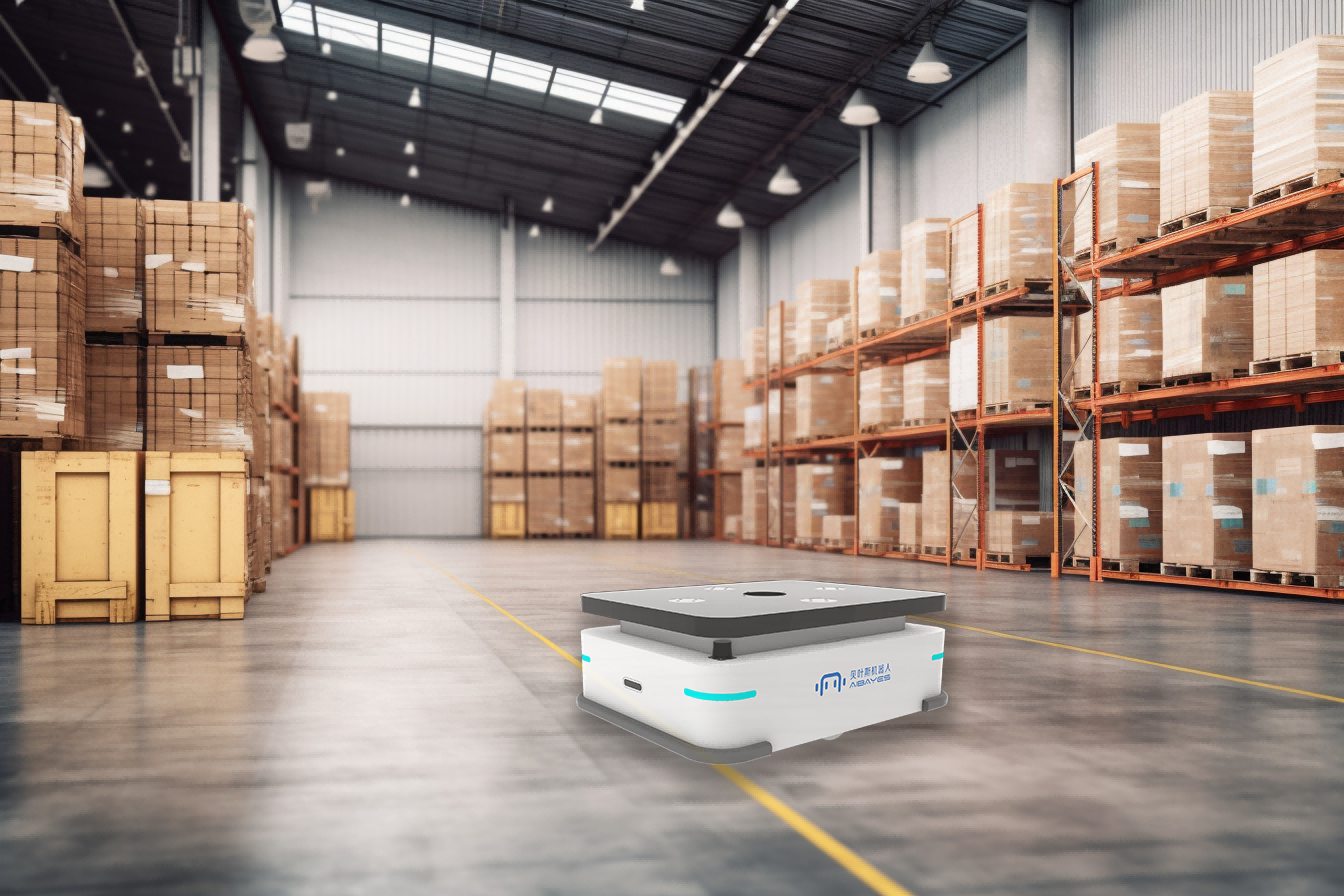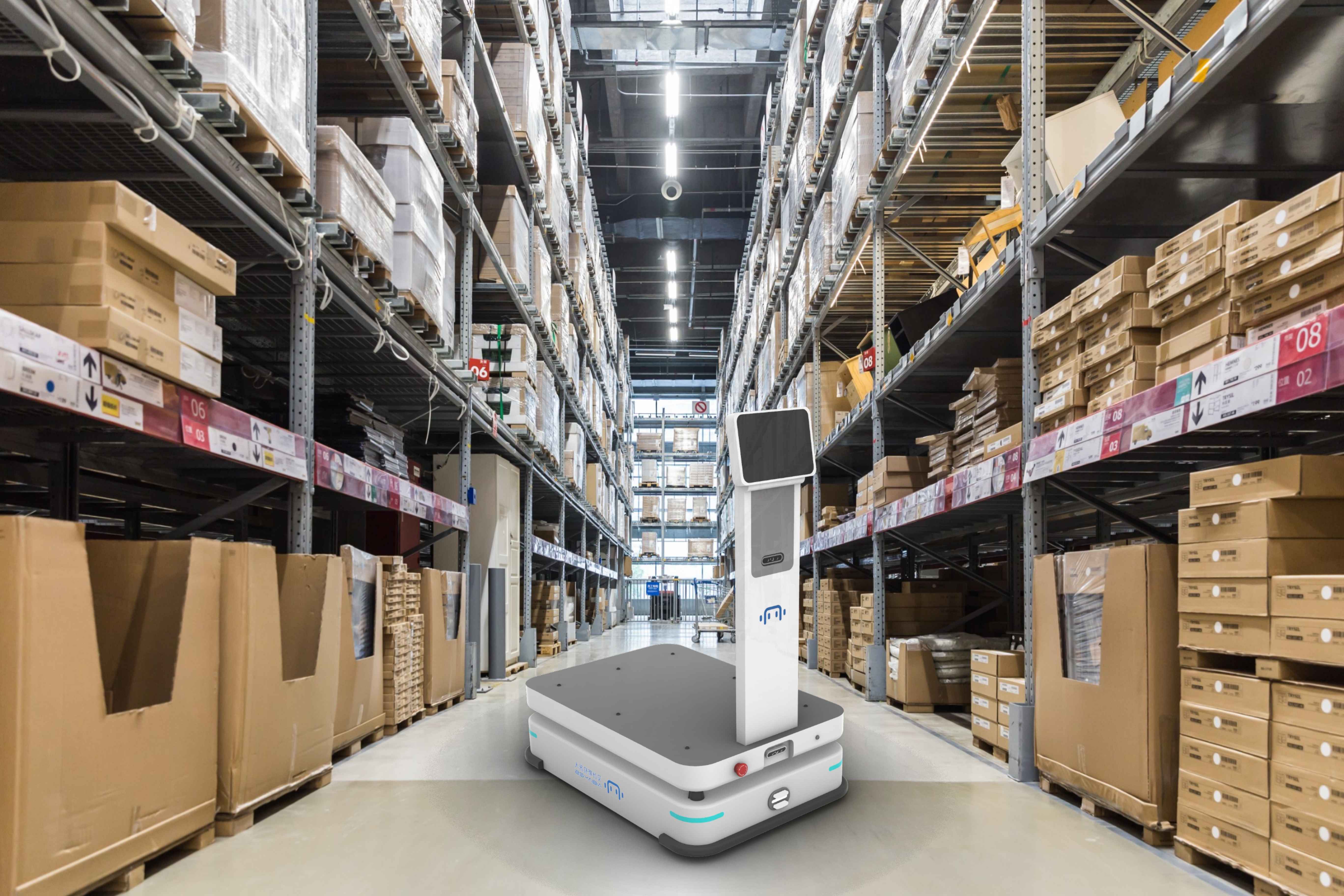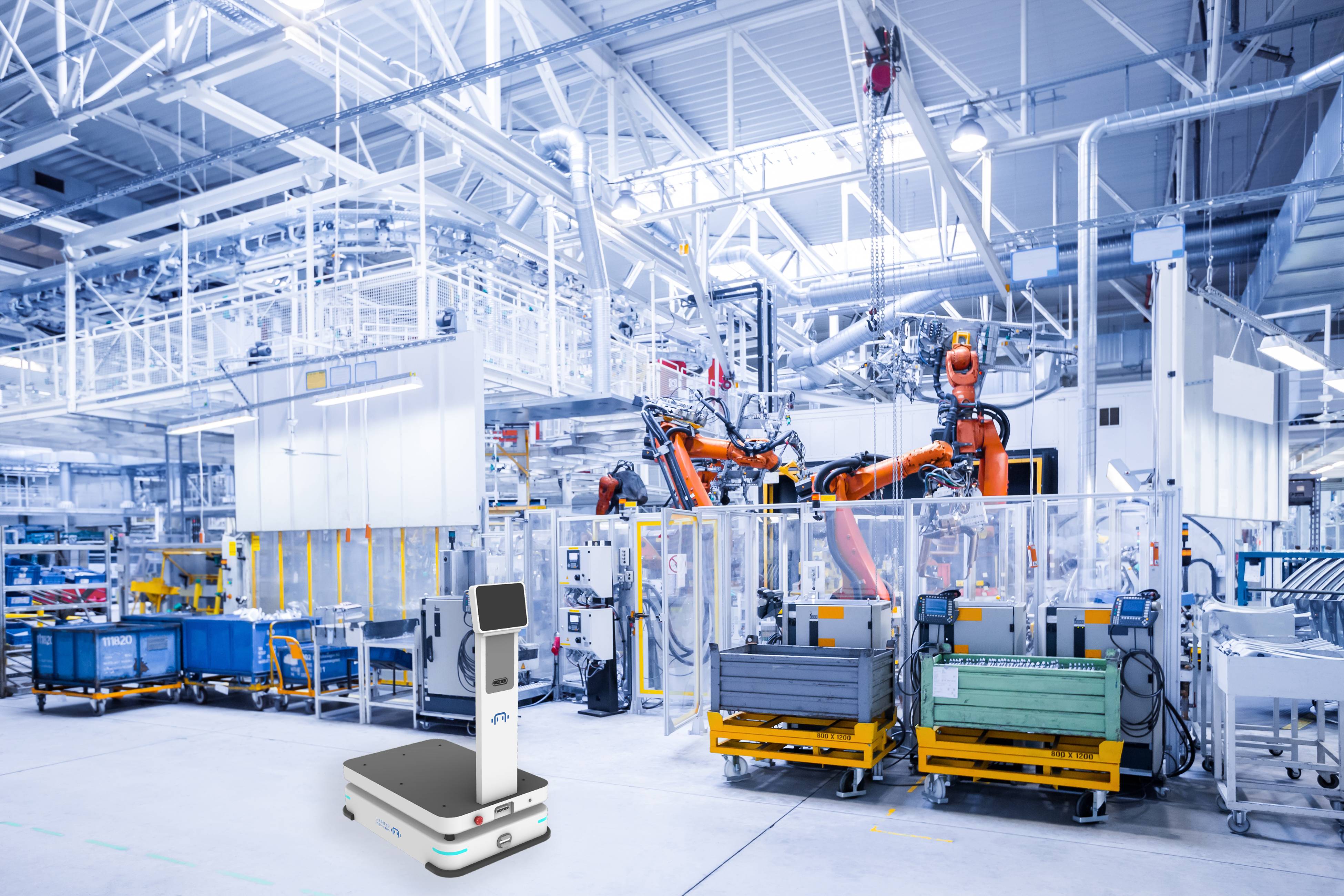Advancements in robotics and artificial intelligence have paved the way for transformative applications in the healthcare sector. In the realm of medical environments, robots play a vital role in enhancing hospital operations and patient care. This article explores three key applications of robots in healthcare settings: Hospital Logistic Robots, Guiding Robots, and Hospital Disinfection Robots.
In the fast-paced environment of a hospital, the efficient distribution of drugs and samples is critical. Hospital logistic robots are designed to navigate through corridors and deliver medications, lab samples, and other important items to various departments and patient rooms. Equipped with AI-powered navigation systems and sensors, these robots can autonomously maneuver through crowded areas, avoiding obstacles, and reaching their destinations promptly. By automated logistics process, hospitals can streamline operations, reduce human errors, and enhance overall patient safety. Additionally, these robots free up healthcare professionals from repetitive tasks, allowing them to focus on providing high-quality care to patients.
(The picture of our hospital logistics robot named KINOX)
In busy outpatient departments or clinics, guiding robots are invaluable assets in improving patient experience and care. These robots are stationed at strategic locations, such as the entrance or outside consultation rooms, to assist and direct patients. When a patient approaches, the guiding robot can engage in language interactions to answer general inquiries or provide navigation assistance. For instance, the robot can help patients find the right department, guide them to specific doctors’ offices, or offer information about clinic hours. Furthermore, these robots can be equipped with health-related knowledge, enabling them to conduct preliminary patient assessments, such as recording vital signs or gathering medical history, which can later be accessed by healthcare providers. This not only reduces the burden on healthcare staff but also improves the overall efficiency of the healthcare delivery process.
(The picture of our guiding robot named BUDDY)
Maintaining a clean and hygienic hospital environment is crucial to prevent the spread of infections and ensure patient safety. Hospital disinfection robots play a significant role in automating the disinfection process in hospital corridors and common areas. These robots utilize various disinfection methods, such as UV-C light or plasma air purification, to eradicate harmful pathogens on surfaces. By employing robots for disinfection tasks, hospitals can improve existing cleaning schemes, cover more extensive areas, and reduce the risk of healthcare-associated infections.
(The picture of our hospital disinfection robots named HINER)
The integration of robotics in smart medical environments is revolutionizing the healthcare industry. Hospital logistic robots ensure the swift delivery of medications and samples, optimizing hospital workflows and patient safety. Guiding robots enhance patient interactions by providing essential information and preliminary assessments. Hospital disinfection robots bolster infection control measures, fostering a safer and healthier environment for both patients and healthcare providers.
As technology continues to advance, the possibilities for robot applications in hospital are bound to expand further. With the combined efforts of medical professionals and robotic innovations, smart medical care hold the potential to redefine patient care and revolutionize the way healthcare is delivered worldwide.
If you would like to learn more about our robotic products and solutions, please feel free to leave a message or call us for consultation. Email is [email protected]. Also you can add our WhatsApp +86 181 1289 9721.






